Table of content
Spinach, a leafy green powerhouse packed with vitamins, minerals, and antioxidants, is a staple in kitchens worldwide. Whether sautéed, blended into smoothies, or tossed into salads, its versatility makes it a favorite. However, like many fresh produce items, spinach has a relatively short shelf life, often leading to waste if not consumed promptly. This raises a common question among home cooks and meal preppers: Can you freeze cooked spinach to extend its lifespan without sacrificing quality or nutrition?
This article delves into the science and practicality of freezing cooked spinach, exploring the best methods, potential pitfalls, and creative ways to use frozen spinach in your culinary endeavors. By the end, you’ll have a clear understanding of whether freezing cooked spinach aligns with your kitchen goals and how to do it effectively.
The Basics of Freezing Cooked Spinach
Freezing is a time-tested method for preserving food by halting microbial growth and enzymatic activity that cause spoilage. However, not all foods freeze equally well. Vegetables with high water content, like spinach, require special care to maintain texture and flavor post-freezing.
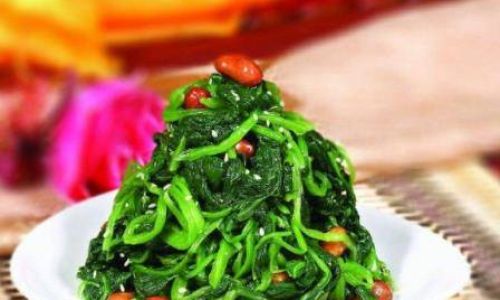
When spinach is cooked, its cell walls break down, releasing moisture. Freezing this moisture can lead to ice crystal formation, which may result in a mushy texture upon thawing. Despite this, freezing cooked spinach remains a viable option for dishes where texture is less critical, such as soups, stews, casseroles, or blended sauces.
Why Blanching Matters (Even for Cooked Spinach)
Blanching—a process of briefly boiling vegetables and then plunging them into ice water—is often recommended before freezing raw spinach. This step deactivates enzymes that cause color loss, flavor deterioration, and nutrient breakdown over time. But what about spinach that’s already been cooked?
If you’ve already cooked your spinach (e.g., sautéed, steamed, or boiled), blanching may seem redundant. However, overcooking during the initial preparation can exacerbate texture issues post-freezing. To strike a balance:
- Cook spinach just until wilted (if sautéing) or tender (if boiling).
- Cool it rapidly in an ice bath to halt cooking and preserve color.
- Drain thoroughly to remove excess moisture, which reduces ice crystal formation.
Step-by-Step Guide to Freezing Cooked Spinach
Follow these steps to freeze cooked spinach successfully:
Preparation
- Wash thoroughly: Rinse fresh spinach leaves under cold water to remove dirt and debris. Pat dry or use a salad spinner to eliminate excess moisture.
- Cook mindfully: Sauté, steam, or boil spinach until just tender. Avoid overcooking, as this makes the leaves more prone to clumping and mushiness after freezing.
Cooling and Draining
- Ice bath shock: Immediately transfer cooked spinach to a bowl of ice water. This stops cooking and helps retain vibrant green color.
- Squeeze out moisture: Once cooled, use a clean kitchen towel, cheesecloth, or a fine-mesh strainer to press out as much liquid as possible. Excess water leads to freezer burn and ice crystals.
Portioning
- Small batches: Divide the spinach into meal-sized portions (e.g., 1-cup servings) to avoid thawing more than needed.
- Flat freezing: Spread portions on a baking sheet lined with parchment paper. Freeze until solid (1–2 hours), then transfer to airtight containers. This prevents clumping.
Packaging
- Airtight containers: Use freezer-safe bags, glass jars, or plastic containers. Remove as much air as possible to prevent freezer burn.
- Label clearly: Note the date and contents. Frozen spinach maintains quality for 8–12 months, but it’s best used within 6 months.
Thawing and Using Frozen Cooked Spinach
Proper thawing ensures optimal texture and flavor. Here’s how:
- Refrigerator thawing: Transfer frozen spinach to the fridge 6–8 hours before use. This gradual thaw minimizes moisture loss.
- Cold water bath: Submerge sealed bags in cold water for 30–60 minutes if short on time.
- Microwave defrosting: Use the “defrost” setting in short bursts, stirring occasionally.
Avoid refreezing thawed spinach, as this degrades quality and poses food safety risks.
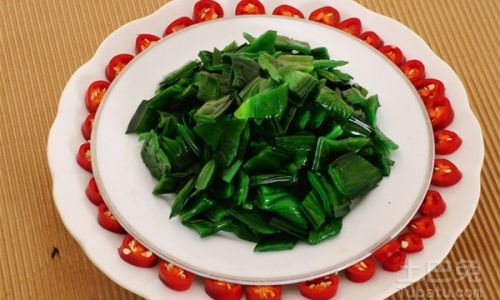
Creative uses for frozen spinach:
- Soups and stews: Add directly to simmering broths—no need to thaw first.
- Casseroles and lasagnas: Mix into cheese sauces or layer between noodles.
- Smoothies: Blend frozen spinach with fruits and yogurt for a nutrient boost.
- Dips and spreads: Purée into creamy dips or pesto.
Potential Pitfalls and How to Avoid Them
Freezing cooked spinach isn’t foolproof. Here’s how to sidestep common mistakes:
- Skipping blanching/pre-cooking: While optional for already-cooked spinach, undercooking may leave enzymes active, causing off-flavors.
- Poor drainage: Excess moisture leads to ice crystals and freezer burn. Squeeze vigorously!
- Using hot containers: Packaging warm spinach raises freezer temperatures, risking partial thawing and spoilage.
- Overfilling bags: Leave ½-inch headspace in containers to allow for expansion.
- Ignoring labels: Date your packages to track freshness.
Nutritional Considerations: Does Freezing Degrade Nutrients?
Freezing cooked spinach retains most of its nutrients, including vitamins A, C, and folate, as well as iron and fiber. However, some water-soluble vitamins (like vitamin C) may leach into cooking water if you boil spinach. To minimize loss:
- Steam instead of boil: Uses less water, preserving nutrients.
- Save cooking liquid: Use it in soups or sauces to reclaim vitamins.
Commercial frozen spinach often undergoes blanching and quick freezing, which preserves nutrients better than slow home freezing. However, homemade frozen spinach avoids additives like salt or preservatives.
Comparing Fresh, Frozen, and Canned Spinach
| Type | Texture | Flavor | Nutrient Retention | Convenience |
|---|---|---|---|---|
| Fresh | Crisp, tender | Bright, earthy | High (if eaten quickly) | Requires washing |
| Frozen | Softer (post-cook) | Milder, less vibrant | Very good | Ready-to-use |
| Canned | Very soft | Salty, muted | Moderate (due to heat processing) | Long shelf life |
Beyond the Kitchen: Other Uses for Frozen Spinach
Don’t limit frozen spinach to meals!
- DIY beauty treatments: Mix thawed spinach with yogurt for a face mask (rich in antioxidants).
- Composting: Add spent spinach scraps to your compost pile.
- Natural dye: Boil frozen spinach to create green dye for fabrics or Easter eggs.
- Pet food additive: Blend into homemade dog treats for a nutrient boost.
Environmental and Economic Benefits
Freezing cooked spinach aligns with sustainability goals by reducing food waste. According to the USDA, Americans discard 30–40% of their food supply annually, much of it fresh produce. Preserving spinach through freezing:
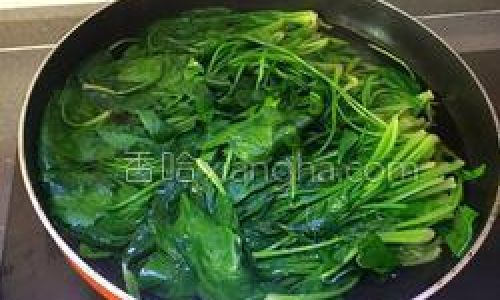
- Saves money: A $3 bag of fresh spinach can become multiple meals.
- Lowers carbon footprint: Reduces demand for off-season imported greens.
- Compares favorably to commercial options: Homemade frozen spinach avoids plastic packaging waste.
Final Verdict: Should You Freeze Cooked Spinach?
Yes, with caveats. Freezing cooked spinach is ideal for:
- Busy cooks seeking meal-prep efficiency.
- Reducing food waste.
- Incorporating spinach into cooked dishes where texture is secondary.
However, if you prioritize crisp texture or plan to use spinach raw (e.g., in salads), freezing isn’t recommended.
Conclusion
Freezing cooked spinach is a practical, nutrient-saving technique that extends the life of this leafy green. By following proper blanching, draining, and packaging methods, you can enjoy the benefits of spinach in recipes long after its fresh counterpart has wilted. Whether you’re bulking up a weeknight pasta sauce or experimenting with green smoothies, frozen spinach offers a convenient, cost-effective solution. So the next time you find yourself with excess spinach, don’t toss it—freeze it! Your taste buds, wallet, and the planet will thank you.
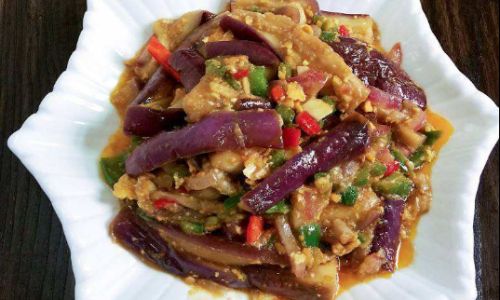

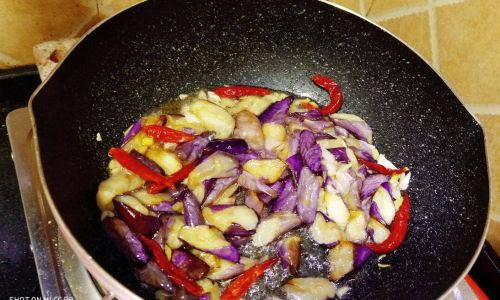



0 comments